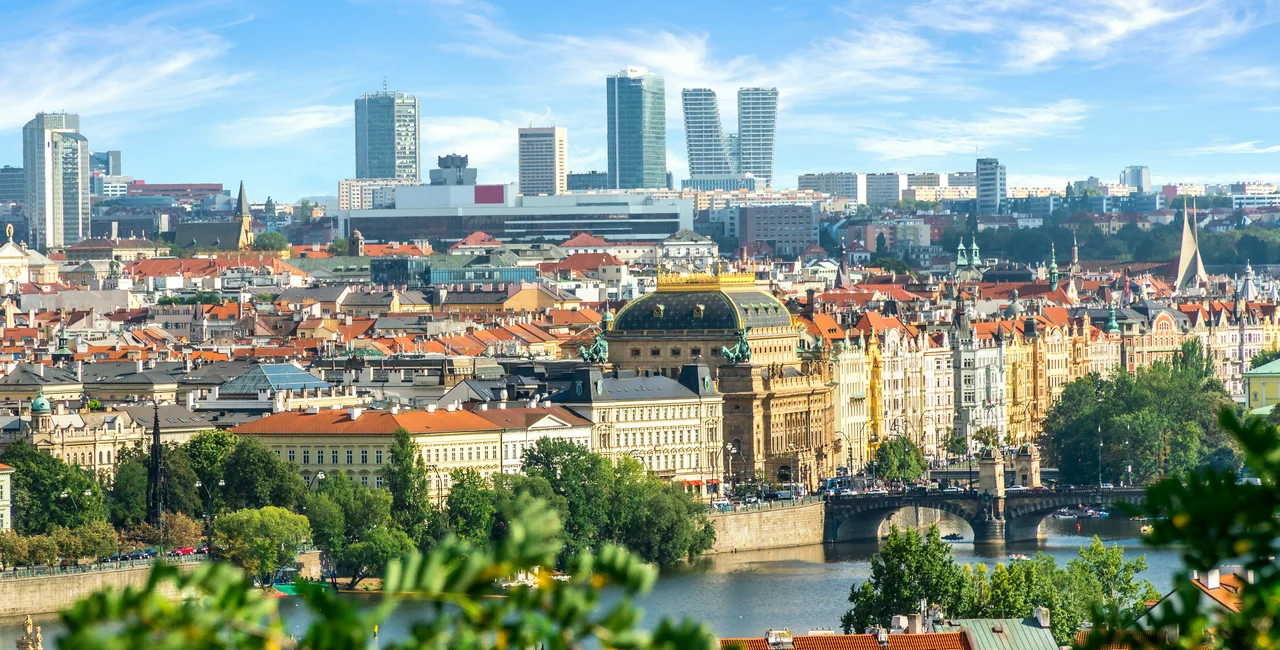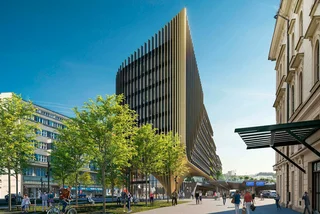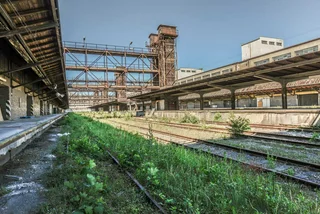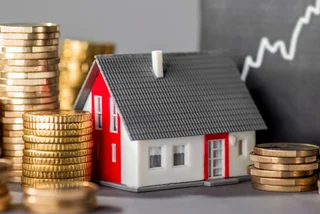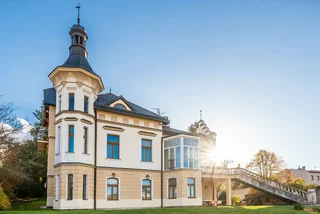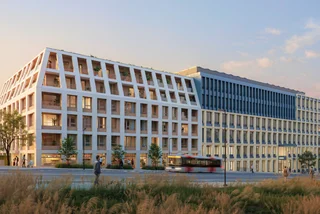A new housing strategy is aimed at facing Prague’s current development needs and making sure that the city no longer is among those with the least affordable housing in Europe. The goal is to build 9,000 apartments a year and for the city to own 35,000 apartments by 2030. At the same time, the number of flats used for short-term accommodation should drop.
Prague’s housing sector has been moving in an undesirable direction for a long time, with increasing demand met by a lack of new supply. IPR Praha at the request of the Prague City Council has developed a strategy that replaces the last approved Housing Policy Concept from 2004.
The new strategy covers five priority areas – the construction of affordable and quality housing, the development of urban housing, sustainable housing for specific groups, attractive housing throughout Prague, and the city’s cooperation with key actors. The new housing should be built mainly on disused brownfields and suitable urban land.
“It is primarily in the interest of Prague itself to create a sufficient number of available new apartments. At the same time, it is necessary to focus on increasing the quality and attractiveness of housing and strengthening its sustainability. This is also related to improving the living conditions of Praguers,” Prague Deputy Mayor Petr Hlaváček said.
To increase the supply of new affordable and high-quality flats in Prague, the city must, among other things, focus on improving the conditions for faster housing construction, for example by adopting the Metropolitan Plan, according to IPR Praha. The city must also actively participate in implementing construction projects for rental and cooperative housing, and increase the quality of new projects with regard to their sustainability.
“It is not possible to increase the availability of housing without a strategic framework that determines goals, priorities, and instruments of housing policy. It must also assume the active participation of the city. Only a coordinated approach and the simultaneous use of different tools will ensure that the needs of all sections of the population are met,” City Councilor Hana Kordová Marvanová, responsible for housing support, said.
“The active participation of the city takes many forms. One of the proven ways is the construction of cooperative flats, in which the city participates by co-founding housing cooperatives, becoming their member, providing suitable building lots, and establishing the right to build cooperatives on these lots for up to 99 years. The cost of acquiring a cooperative flat will thus be reduced by up to a third compared to market prices in the given locality,” she added.
The strategy has set specific goals. 9,000 new flats should be built in Prague every year. Currently approximately 5,500 flats a year are completed. By 2030, the number of city dwellings should increase to at least 35,000 and the capital should also have at least 5,000 social dwellings. The document also addresses the issue of Airbnb, and proposes reducing the total number of apartments on this platform from more than 11,000 to 5,000.
“Past management has long neglected the agenda of affordable and quality urban housing; it was not a priority for them. Among other things, this also led to a massive sale of the municipal housing stock. On the other hand, the new strategy puts the city in the role of a player who actively manages its housing policy, takes care of the maintenance and development of the housing stock, and counts on future cooperation with other key actors,” City Councilor Adam Zábranský said.
New housing construction should be primarily implemented within the city on the so-called transformation areas, which make up 7.5 percent of the city's area. This will slow down the constant growth of Prague into undeveloped locations. The highest potential for housing is found in particular in the Bubny area, for up to 27,000 inhabitants; the former Žižkov Freight Station, for up to 15,000 inhabitants; the former industrial area around Smíchovské nádraží; reclaimed land at Rohanské nábřeží; and Nová Ruzyně; and other places.
“The new concept gives Prague hope for a better city for all its inhabitants. The city must strive to ensure that new housing is created primarily in compact and well-equipped urban areas, and that a so-called short-distance city can be created. This also minimizes the cost of the necessary infrastructure,” IPR Praha director Ondřej Boháč said.
In order to meet the set objectives of the strategy, the IPR Praha will draw up two Action Plans, for the period 2021–25 and subsequently for 2026–30. The plans will address specific measures and activities with a clear timetable and budget. However, fulfillment of the objectives of the strategy will not be possible without securing significant financial resources, IPR Praha points out.
"Prague says in this document that it wants to systematically build, maintain and operate apartments – all with an emphasis on professionalism and efficiency, as is the standard in successful cities in our neighborhood, such as Vienna or Munich,” Pavel Zelenka, chairman of the City Council Committee for Housing, said.
“The aim is not to build a whole new housing project at once as in the 1970s, but a thoughtful and continuous development of housing, which will serve teachers, paramedics, paramedics and other professions necessary for the city, and to ensure decent housing for families and individuals at risk of housing deprivation,” he added.
“The era of selling land without a plan for what will grow on it is coming to an end, and long-term and systematic work on the development of urban housing has begun,” Zelenka concluded.












 Reading time: 4 minutes
Reading time: 4 minutes 